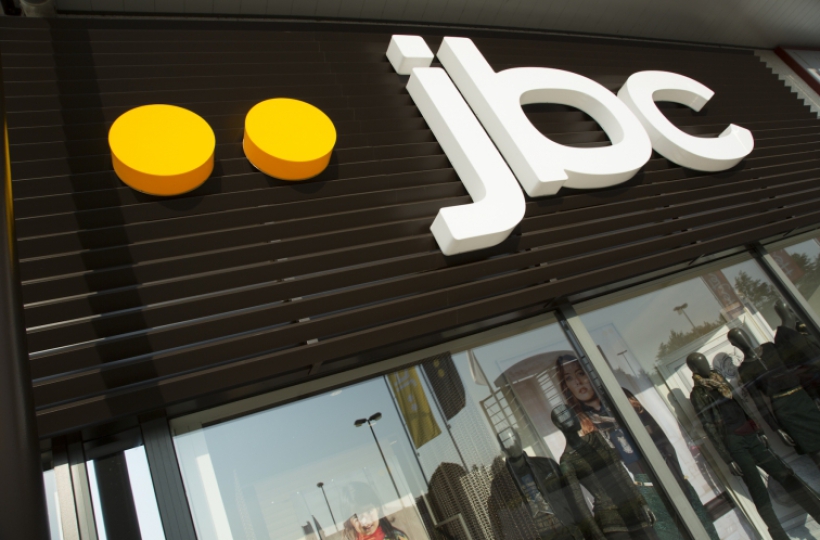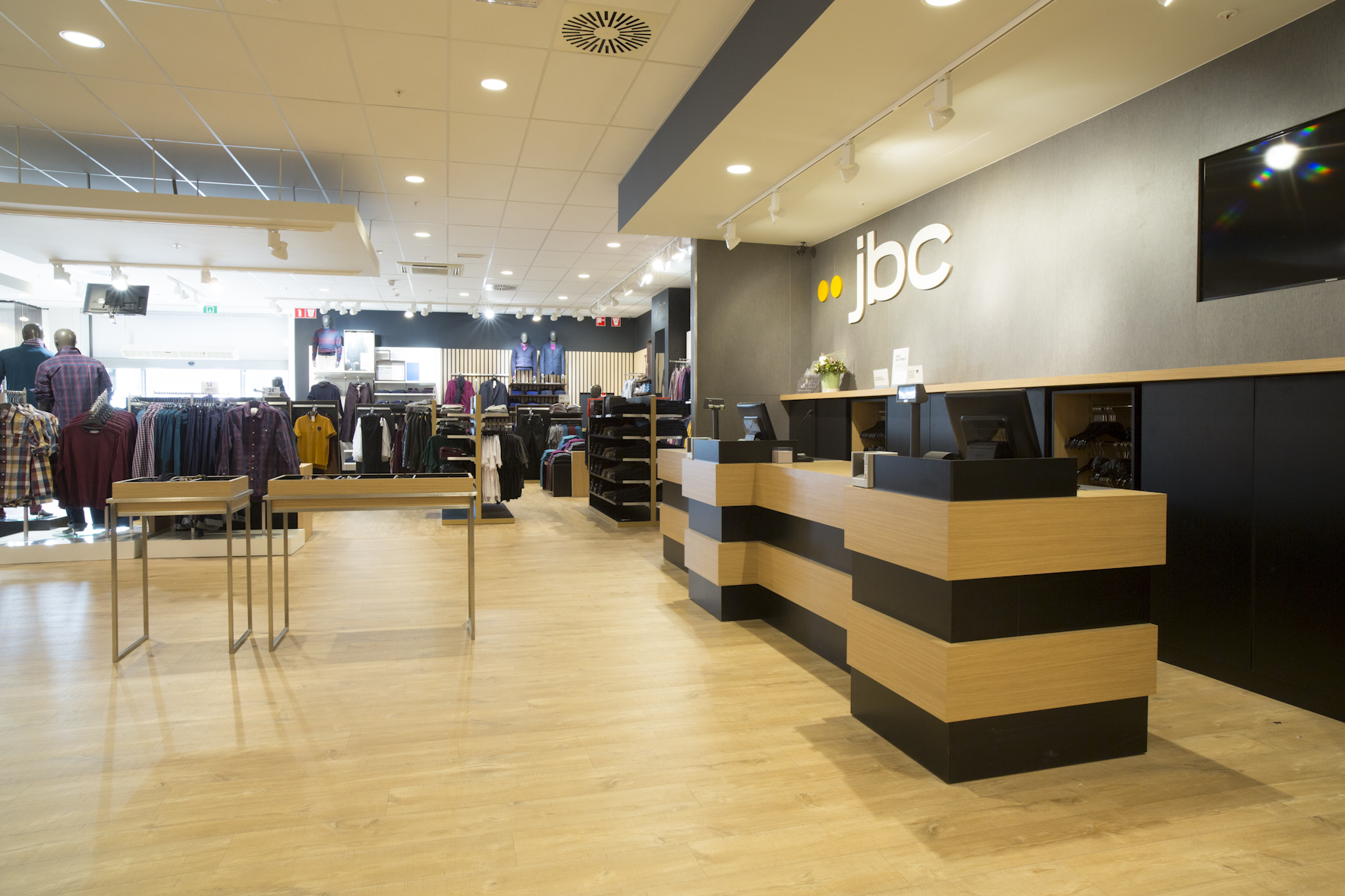Interview with Belgian retailer JBC about their investments in RFID

I wanted to find out more about their philosophy and what the benefits would be for the company and for the customer. JBC’s CEO, Bart Claes, and the logistics manager, Fred Tielens, were kind enough to share his insights and, in turn, I’m very happy to share the result of our little talk with you in this article.
Could you shed some light on the advantages of the RIFD chip for the customer?
First of all, the customer will benefit from faster handling at the cash register. Once all the articles have been tagged and the customer takes the selected items to the cash register, the RFID tag is read and the product automatically appears on the cash register display. This means it is no longer necessary to scan individual items; as a result, customers will spend less time at the cash register, leaving more time for customer service.
Secondly, in a later phase we would like the individual shops to regularly take inventory, making it easier to detect stock shortages. This will enable us to improve our stock management per individual shop so that:
1. any existing shortage is remedied much faster
2. web sales (with delivery from a shop) can be executed with greater precision
3. articles within the shop can be located much quicker
4. manual input is completely eliminated
5. ultimately, customers will benefit from lower prices (if fewer losses, better control, improved efficiency, …)
6. Finally, RFID technology automatically implies that the customer will have access to more information on the article and within a shorter timespan: composition, origin, combination possibilities, …
In practice, what will be different from a customer perspective?
As such, the sales process for the customer will stay the same. They should only experience an upgrade in customer service.
What happens with the RFID chip attached to the article once it has been sold?
When the purchase has been settled, the RFID tag is marked as sold in the RFID database. As of that moment, we no longer track that particular RFID tag, neither on a product nor on a customer level. If the article is returned, we will be able to reactivate it in the shop’s inventory, changing its status to “sellable” again in the database.
What are the main advantages of RFID tagged clothing for JBC?
1. Logistical advantages:
Transparency with every shipment we receive from our supplier. Shortages will be detected quicker, enabling us to notify our suppliers so they can make the necessary adjustments. In the shops, RFID technology is used to facilitate transfers between shops. This has evolved from a purely manual process to an automated one, including the automatic printing of the necessary paperwork.
RFID technology will make it simple(r) for shop assistants to locate specific items in the shop thanks to a scanner, which emits a beeping signal that leads the shop assistant to the item in question.
In a later stage, we could have every shop start the day by performing a “receipt” procedure so we will have a(n) (even) more accurate picture of the available stock.
Next to that, there are a few additional advantages: more accurate picture of losses due to theft & faster detection of faulty deliveries, faster checking of deliveries, both in the shops and in the warehouse. This helps us to enforce our image as a customer centric company.
2. Commercial advantages:
RFID will make the relationship with our customers more interactive in nature. Fitting room service will be much more efficient: we will know much faster what the customer is trying on, so suggesting alternatives or a different size will be much quicker as well.
